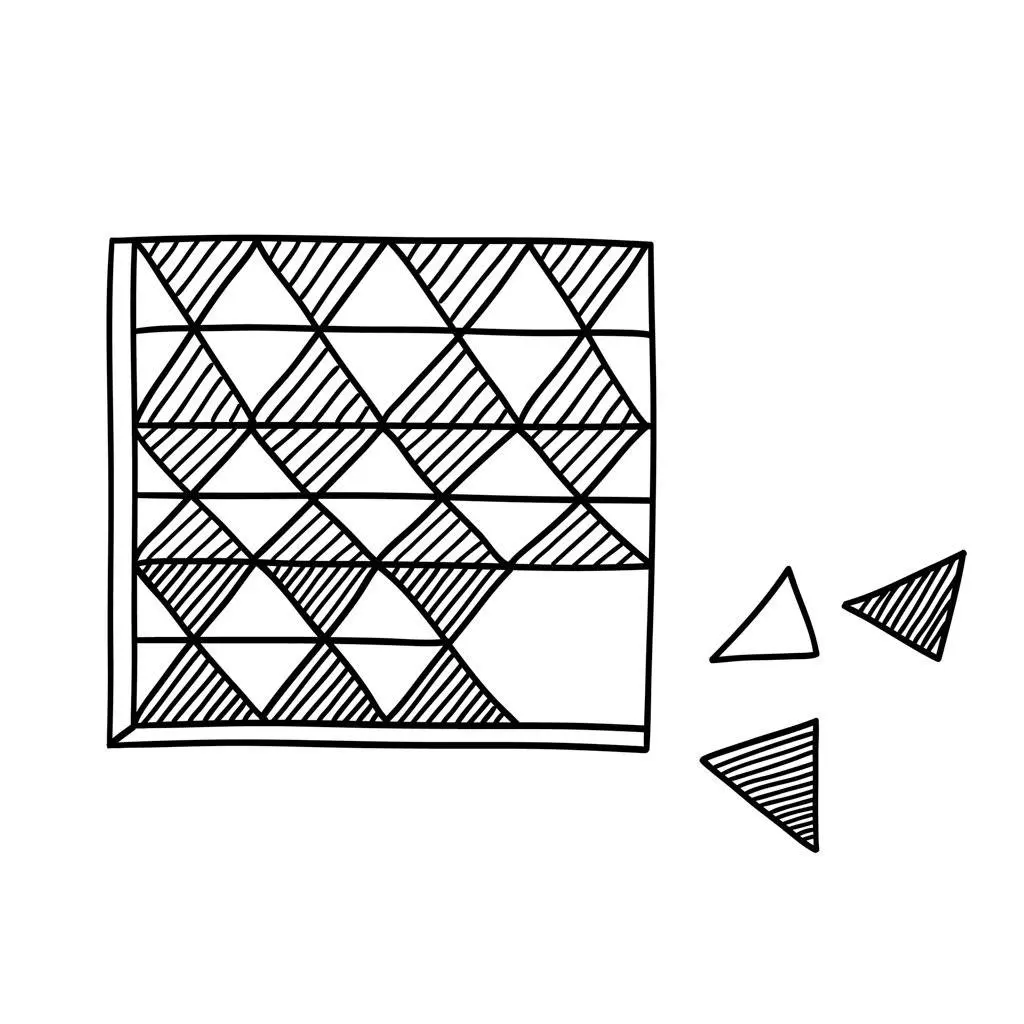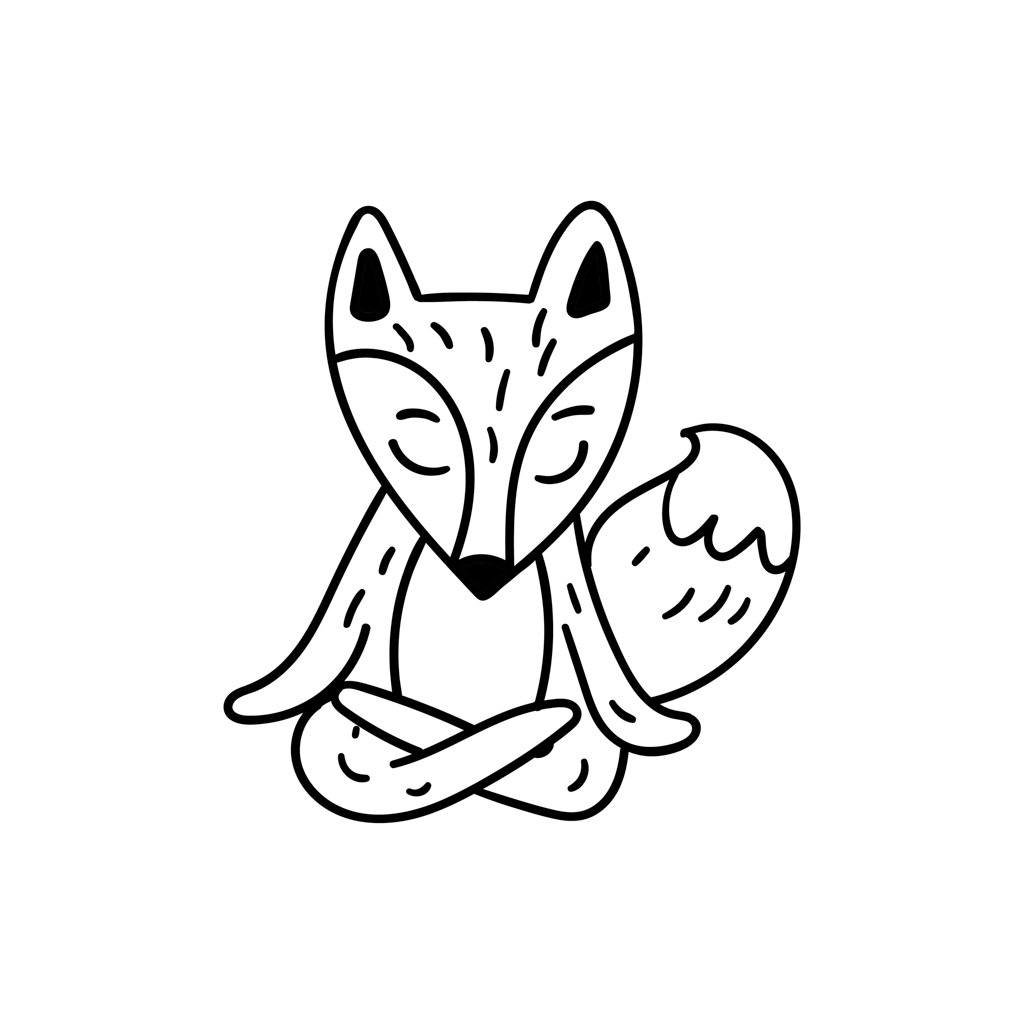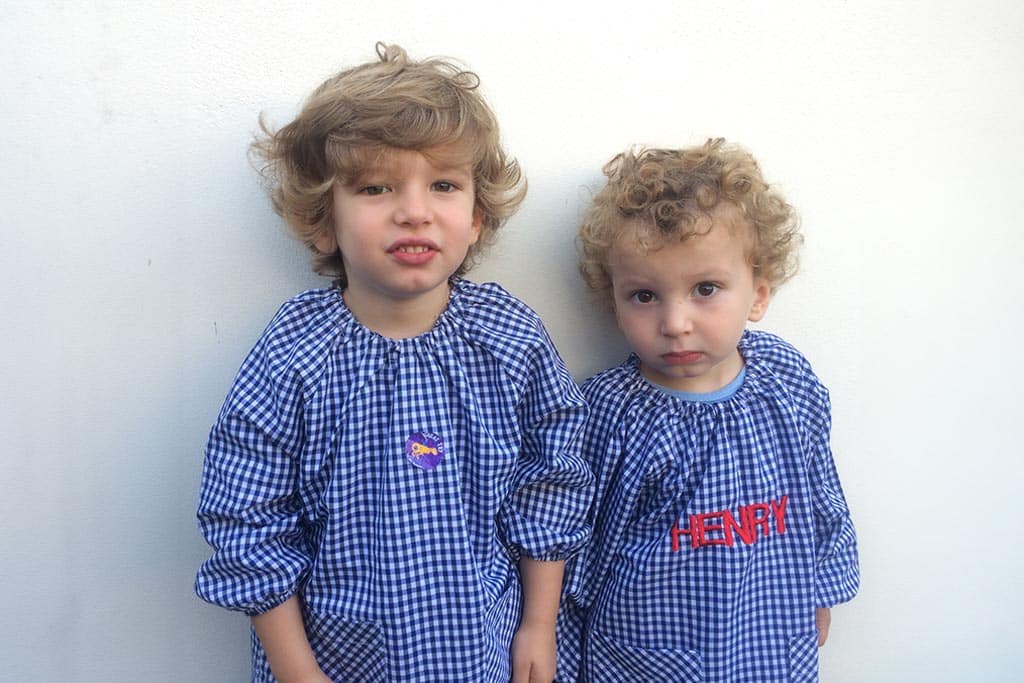Put on your socks and then your shoes.
Wash your hands after you have been to the bathroom.
1st, 2nd, 3rd, 4th, 5th.
Doing things in order is important – but it’s not always easy. My children still forget to brush their teeth before putting on their school uniform. Someone gets toothpaste on their jumper at least once a week. You can hear my ‘lament’ from the other side of the street. 🙁
Sequencing activities are important. They teach a foundational skill – and keep your laundry costs down!
How sequencing skills develop
Here’s a baby on a playmat.
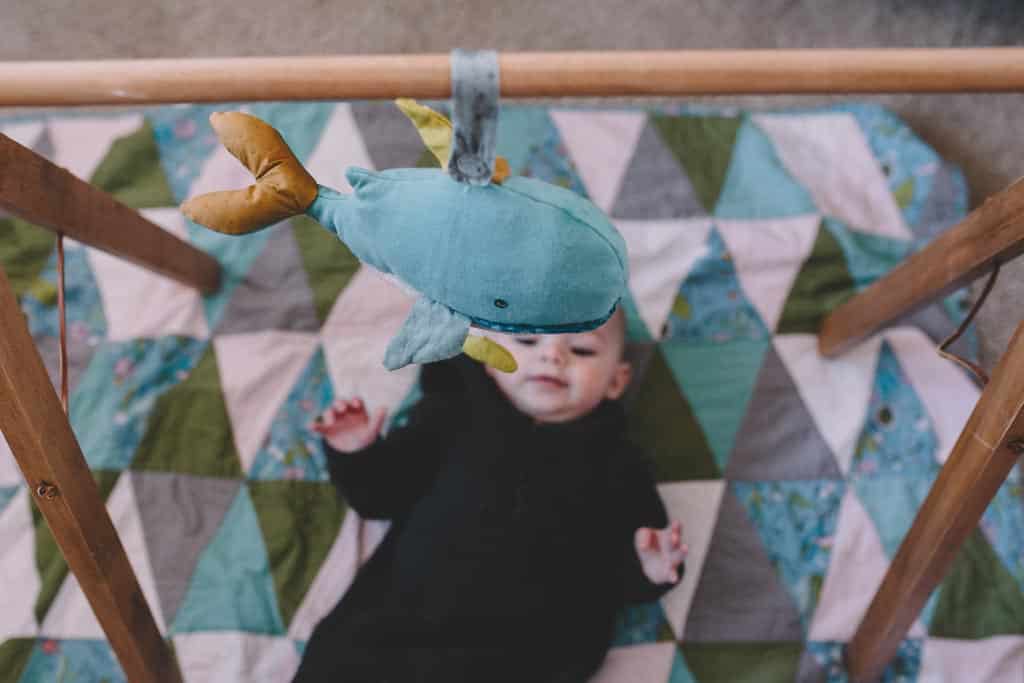
He has little control over his limbs. He flaps his arms excitedly, never quite reaching the target.
But he is still learning an enormous amount.
Flapping helps your child to master gross motor movements, but it’s also the first step on the road to sequencing.
Up, down, up, down, goes the arm.
It’s a sequence, like 1, 2, 1, 2, or red, blue, red, blue.
Once he child understands the idea of sequences, he can try 1, 2, 3, 1, 2, 3. Not using numbers at first, of course, but claps, rhythms and rhymes.
One finger, one thumb, keep moving…
One finger, one thumb, one arm, one leg, keep moving…
One finger, one thumb, one arm, one leg, one nod of the head, keep moving…
From there it’s a short hop to counting, finding one more and one less and eventually addition and subtraction.
And it all started with flapping arms under the baby gym.
A line is a sequence
Take a block.
Add another one. And another.
Now you have a line. And a sequence.
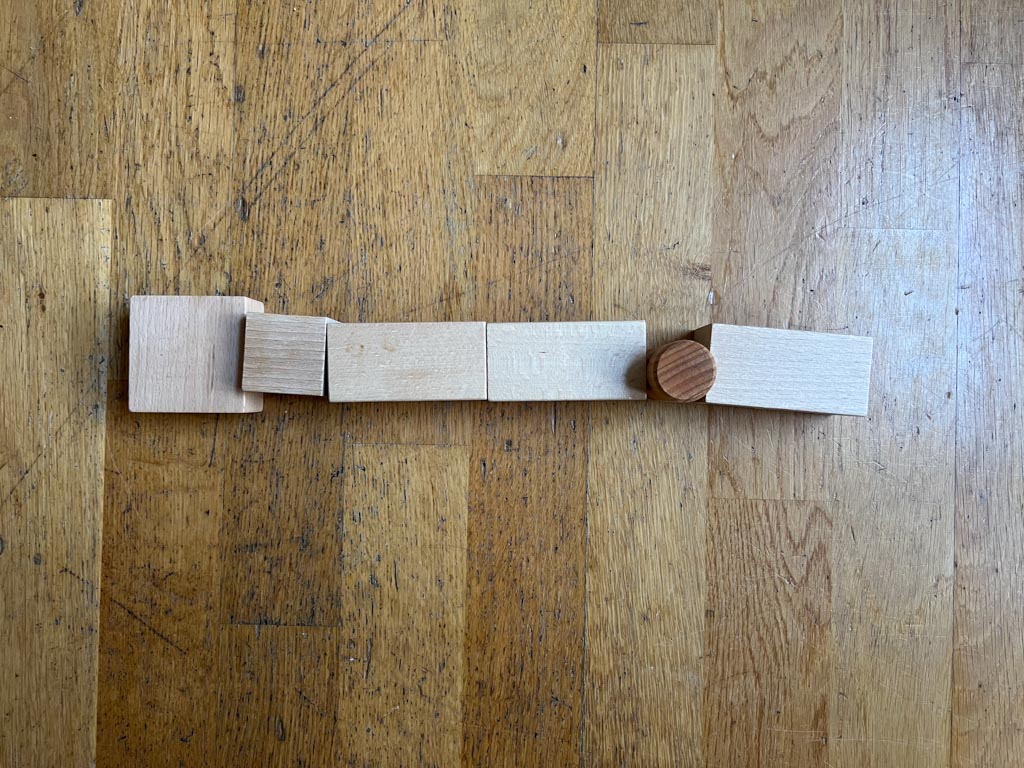
Why is this important?
A sequence establishes a pattern. It enables us to predict before and after. I can guess where this line has come from and I can be confident that I know where it’s going.
Here is another line.

Where is it heading? Can you guess? Of course you can. The lengths of the sides and the corners are all the same.
Go forward 4 cm. Turn 90º.
Go forward 4 cm. Turn 90º.
Go forward 4 cm. Turn 90º.
Go forward 4 cm. Turn 90º.

You didn’t have to see the whole shape. You could tell it was going to be a square.
Where else have you see partially completed shapes? Where else have you used lines that you can see to predict those that have not yet been revealed?
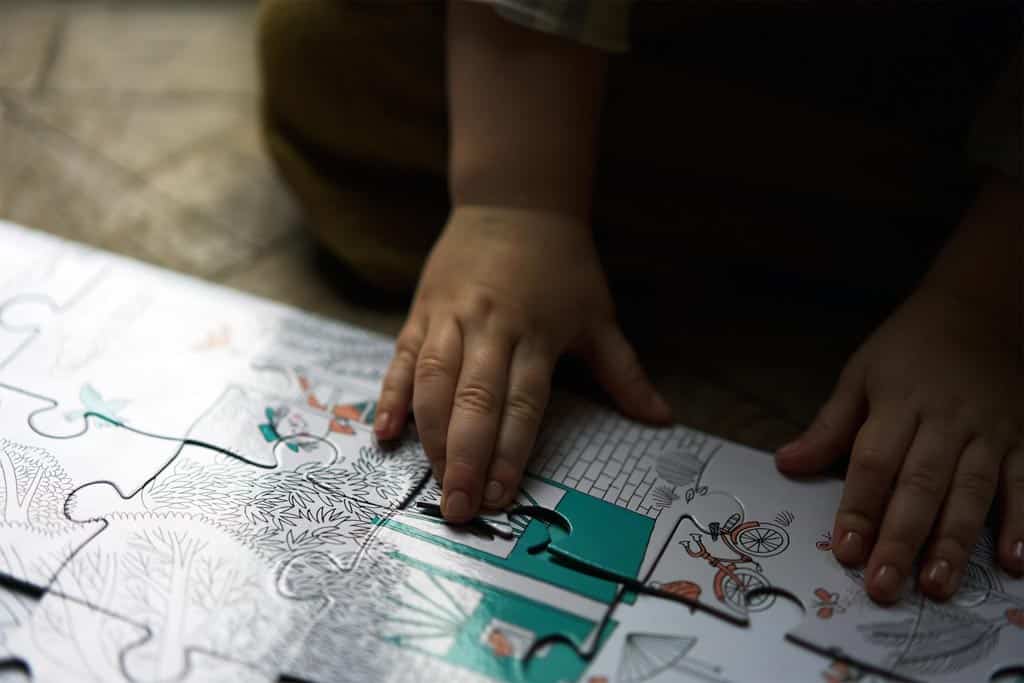
Exactly. Puzzles.
Of course, puzzles are not only about following lines. They are about ignoring distractions.
Here is another line. It’s easy enough to follow.

However, sometimes there is ‘noise’. Staying on course is tricky.

Can you think of any other lines that it is important to follow? To not get distracted by other, nearby lines?

Letter formation is all about following a sequence. And so too is spelling. Competitio… formatio… celebratio… We know what the missing letter is because we have seen this sequence before -tion.
Here’s the important part:
Your child’s ability to identify a sequence and make a mental model of it allows her to predict how it might look at different points in time or to imagine the whole by seeing only part.
If you’ve ever taken a verbal or non-verbal reasoning test, you’ll know that this kind of thinking is highly prized by schools, who use it to identify the strongest candidates.
The difference between sequencing and seriation
Sequencing and seriation often get confused. In many ways they are both about putting things in order.
Seriation is the placing of an object within a series. ‘c’ goes after ‘b’ and before ‘d’.
Here is an example of seriation. The tunnels are arranged in order of size.
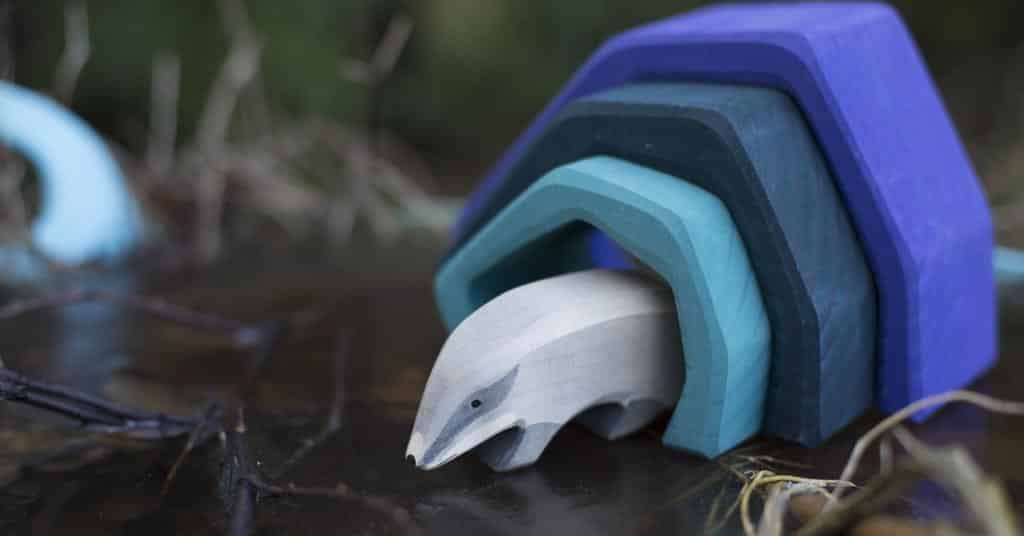
Here, the ‘3’ is in the wrong position, on the far left:
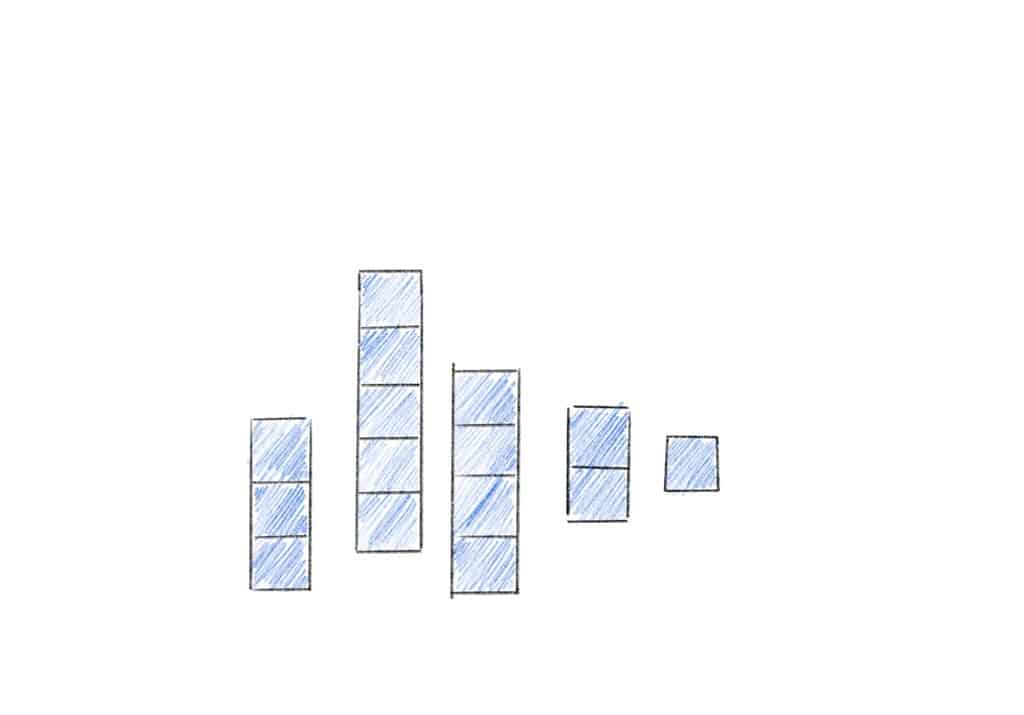
In order to correct the series, we have to position it like this:
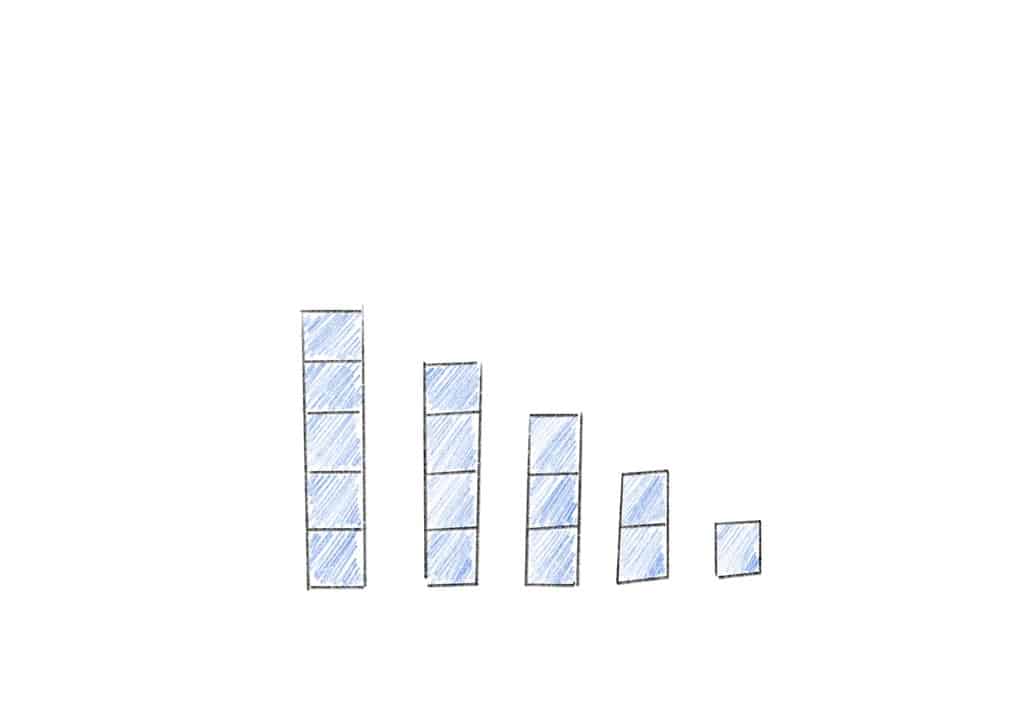
Sequencing, on the other hand, is about doing things in order. Socks on first, then shoes.
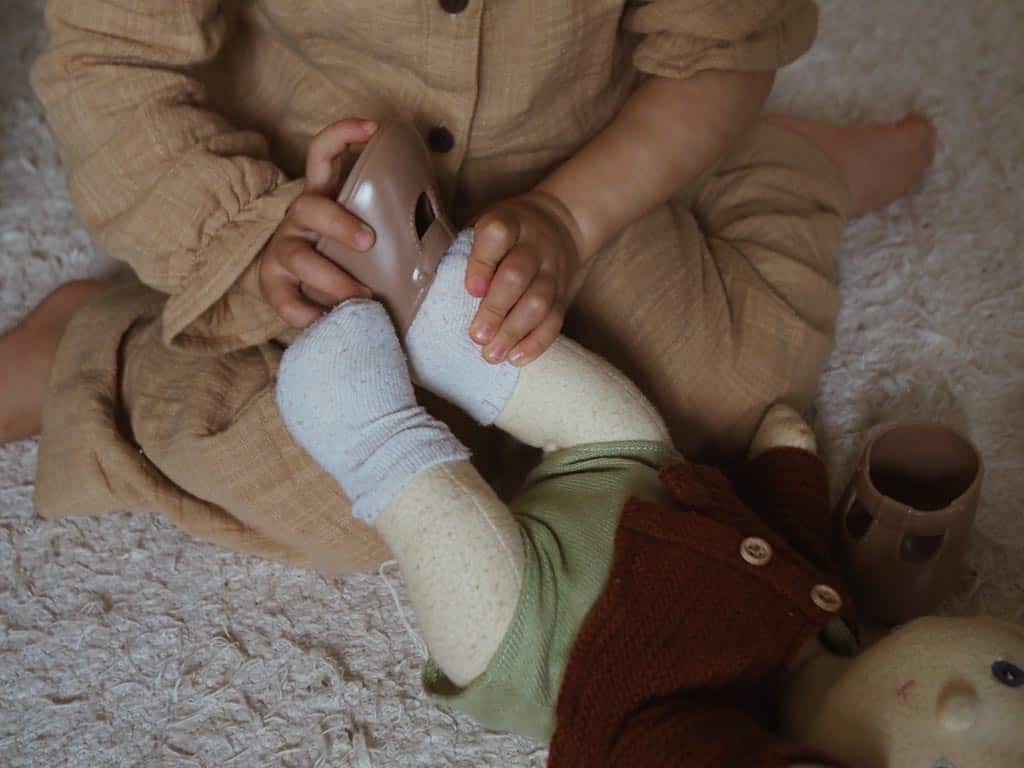
Sequencing activities
Simple puzzles
Head, body, legs. A puzzle doesn’t have to be more complicated than this when you are first starting out.
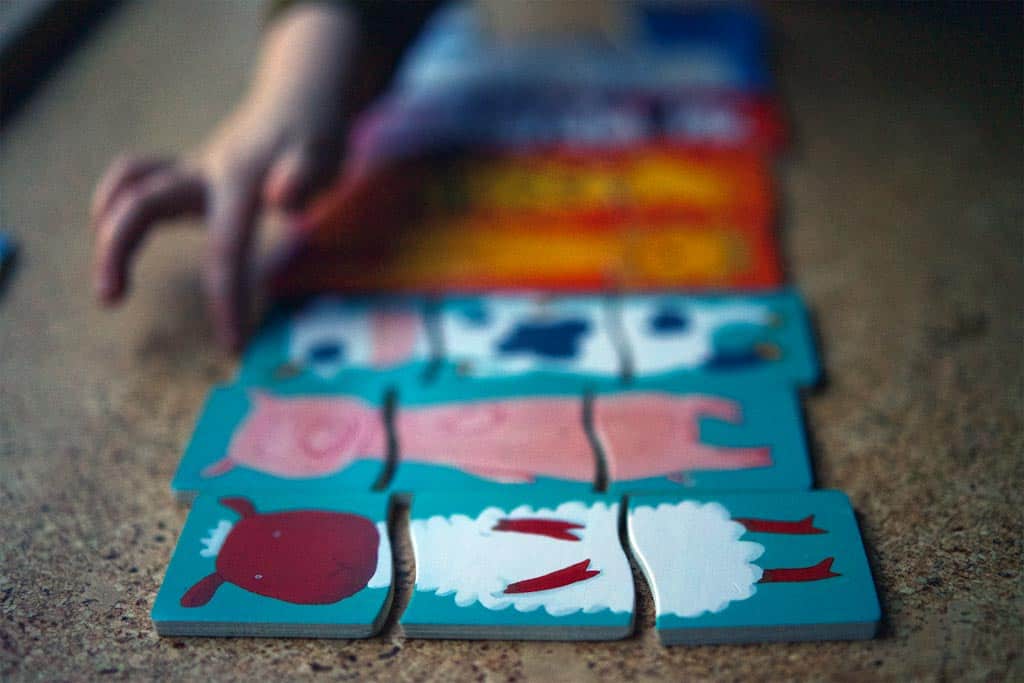
Dressing up dolls
There’s an order to getting dressed. Underwear, socks, trousers, top, shoes, coat, scarf and hat. The buttons are a great fine motor workout, too.

Action songs
“Head, Shoulders, Knees, and Toes” is the epitome of this kind of song. Simple, repetitive, whole-body fun.
Stacking blocks
‘Chaining’ blocks gives your child early exposure to the idea of sequencing. Horizontal chains – lines on the floor – come first. Vertical chains – towers – are a project for the toddler years. Even though the ‘joins’ aren’t secure, like Lego bricks or wooden train track, this is the connecting schema in action.
For bonus points, stack blocks in order, from largest to smallest.
Picture card sequencing
Create simple picture cards that depict a sequence of events, like brushing teeth or making a sandwich, and ask your child to arrange them in order.
If that sounds too much like hard work (I agree!), you could always buy a set. When we sold toys, we used to stock these lovely cards by eeBoo (from the Tell Me A Story range). This set was about school. Put the cards in order to tell a story.
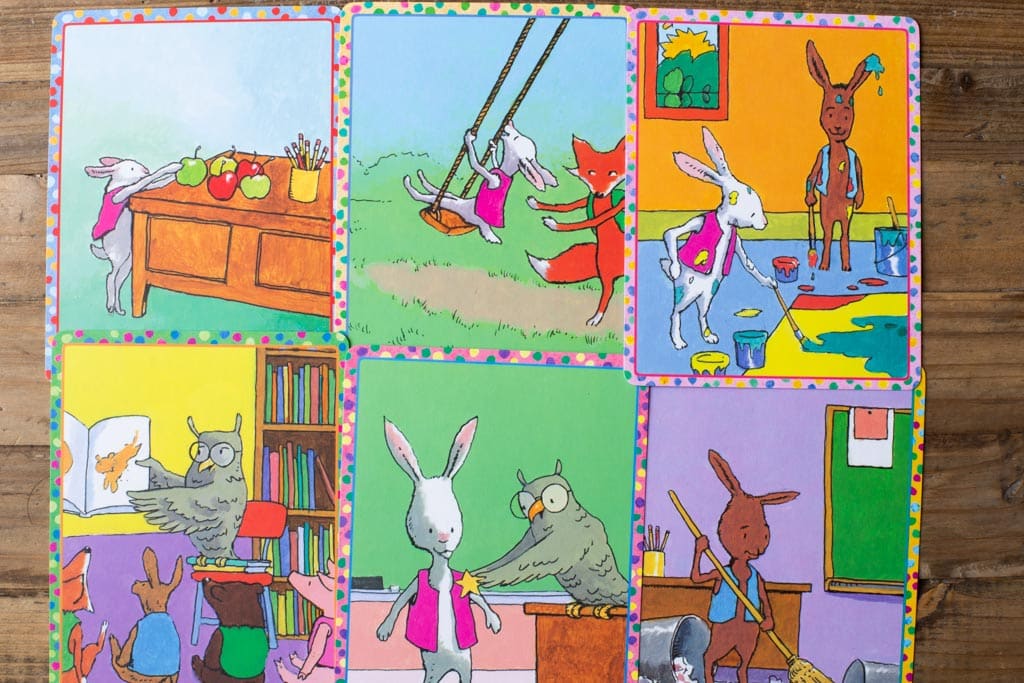
Visual timetable
Print out photos of the day’s events. Can your child put them in order? Preschool teachers do this each day to give children a sense of the day in prospect. It’s a powerful – and empowering – idea.
Wash your hands
Sounds simple, but my ten-year-old still needs reminding!
Wet hands, apply soap, scrub, rinse and dry. And don’t leave the towel on the floor!
Baking
With supervision, a preschooler can join in with simple baking activities, adding ingredients and following the recipe.
Clapping games
Play clapping games with simple, repetitive patterns. As we have seen in previous modules, learning is deeper when we take a multi sensory approach. Through clapping, toddlers learn sequencing through rhythm and movement.
Follow The Leader
Play a simple game of ‘Follow the Leader’, where you or another child perform a series of actions and the child has to repeat them in the same order.
Board games
Is there a more obvious sequence than your progress around a Monopoly board?
Fun for preschoolers but if you have a toddler the self-regulation – and mathematical knowledge required – used to be prohibitive.
Fortunately, you can now find simple board games designed for two-year-olds that involve moving pieces in a sequential order without the distraction of complicated rules. Some games don’t even have numbered spaces. They’re only board games in the broadest sense but they teach vital pre-requisite skills, like turn-taking and listening.
Monkey Around, by Peaceable Kingdom, involves nothing more than taking a card and performing an action. But, importantly, it’s all about doing things in order. Wait your turn. Take a card. Monkey Around. Repeat. You’ll find lots of choice with brands like Peaceable Kingdom and Orchard Toys. Deep Dark Wood (The Gruffalo game by Ravensburger) is for three-year-olds but simple enough for older toddlers.
Playground chalk
Rather than buying a board game, you can simply draw one on the ground with chalk. Play games where you follow lines or step along a sequence of numbers or letters.
Making a sandwich
Make a simple sandwich. Assemble it in the correct order. For instance, bread, then cheese, then another piece of bread.
Stories are sequencing activities too
Storytelling is an excellent way to help toddlers understand sequencing, and there are many stories that naturally lend themselves to teaching this concept. Here are some classic stories that can help toddlers grasp the idea of sequencing:
- Goldilocks and the Three Bears
- The Very Hungry Caterpillar
- The Three Little Pigs
- Goodnight Moon
I’m sure you can think of many more.
Talk to your child as you go. Can she predict what will happen next? Can she recount the story in order afterwards?
Final word
Sequencing is one of those secret skills that don’t get the attention they deserve. They provide the foundations for higher-level, more glamorous achievements like counting and letter formation but they are no less important.
Look around the room. There’s a simple sequencing activity you could try with your child right now. Can you see it? I’m going to unload the dishwasher. Perhaps my son can stack the dishes in the cupboard? Largest plates at the bottom. Smallest at the top. Will he work it out all by himself?

